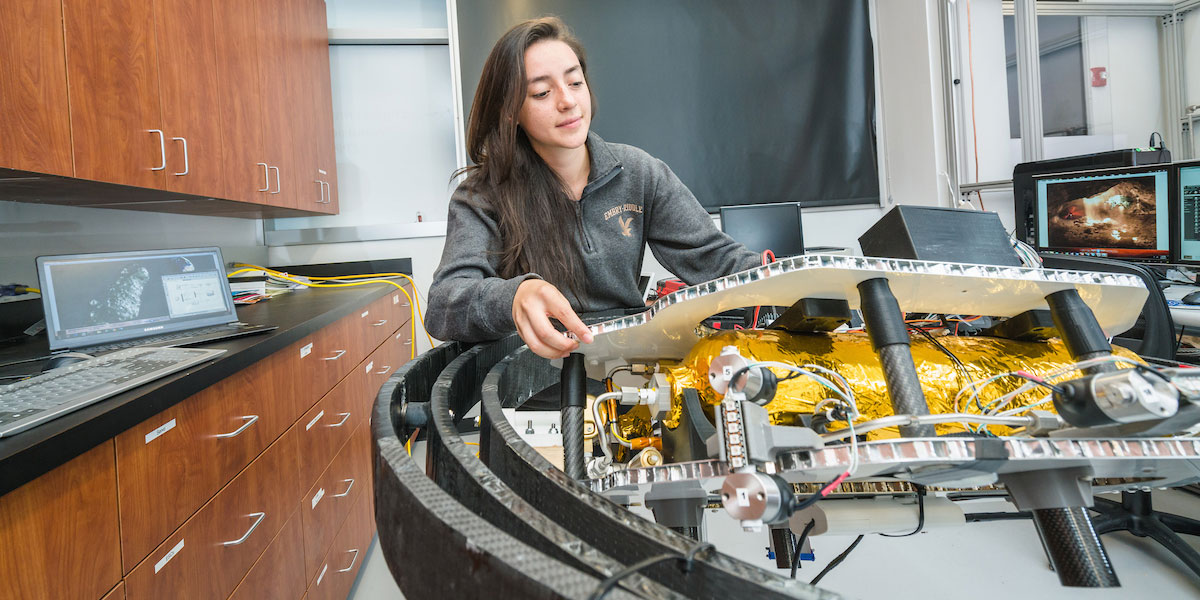Weather Technology In the Cockpit (WTIC): Concept of Operations, User Needs, Education, and Training
Document Type
Conference Proceeding
Publication/Presentation Date
1-22-2011
Abstract/Description
The FAA, through sponsorship of the Center for General Aviation Research (CGAR), has funded a multi-disciplinary research program on Weather Technology In the Cockpit (WTIC). The CGAR is a consortium of four universities, three of which (Embry-Riddle Aeronautical University, University of North Dakota, University of Alaska-Anchorage) are working together on this program. Each university partner has the lead on a portion of the project: the University of Alaska-Anchorage is the lead on developing the WTIC Concept of Operations (CONOPS); the University of North Dakota is the lead on developing a robust set of WTIC user needs; Embry-Riddle Aeronautical University is the lead on the education and training issues associated with proper use of WTIC products by the user community.
The WTIC CONOPS developed in this project is being centered around the GA pilot “on the ramp” and his/her ability to look at a Multi Function Display (MFD) that shows the area of intended operation and any areas of weather activity that he/she might want to avoid. When the flight plan is entered in the navigation system, it is displayed on the MFD and weather hazards are displayed for easy visualization of adverse weather relative to the planned route of flight. The development of this CONOPS involves a literature search on cockpit weather delivery to include FAA Advisory Circulars, NASA reports, academic research papers and trade journal articles.
The WTIC User Needs segment is assessing user needs for different phases of flight, mapping the different user groups, and obtaining user group input in developing a User Information Needs Statement. That statement will be analyzed with industry stakeholder support, and the statement will be revised to reflect all stakeholder concerns. The end product will be aligned as closely as possible with identified industry needs, user feedback, and other CGAR university research data. The statement will be keyed to an index that tracks user comments and feedback, so subsequent rulemaking, policy, or guidance research will have reliable data upon which to base decisions.
The WTIC Education and Training segment has been focused on developing, delivering, and assessing the effectiveness of an education/training module on basic radar and NEXRAD principles, proper recognition of NEXRAD-based products, thunderstorm basics, and proper interpretation of NEXRAD-based convective weather products in flight. A "beta" version of the module is expected to be ready by September, and will be tested on a focus group of instructor and student pilots to evaluate its quality before finalizing. Once fully developed, the module will be delivered to the target audience of experienced and inexperienced GA pilots, and its effectiveness will be determined through a pre- and post-testing procedure. We anticipate that by the project completion date of May 2011, we will have a set of findings and recommendations regarding GA pilot education and training in weather topics, data, products, and sources based primarily on the results of this study.
Sponsorship/Conference/Institution
Sixth Symposium on Policy and Socio-economic Research
Location
Seattle, WA
Scholarly Commons Citation
Lanicci, J. M., Kirk, L., Martin, L., Vacek, J., Roberts, E., & Edwards, M. (2011). Weather Technology In the Cockpit (WTIC): Concept of Operations, User Needs, Education, and Training. , (). Retrieved from https://commons.erau.edu/db-aviation-graduate-studies/6


